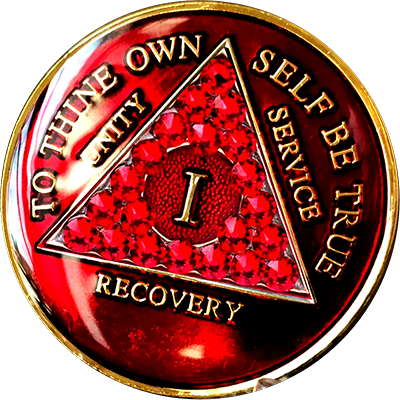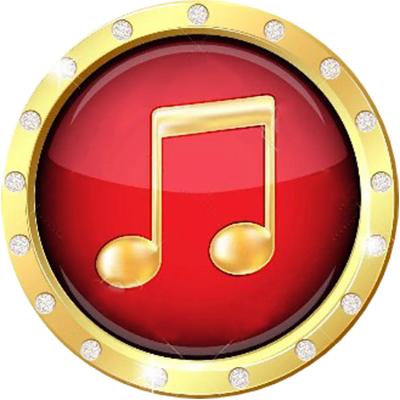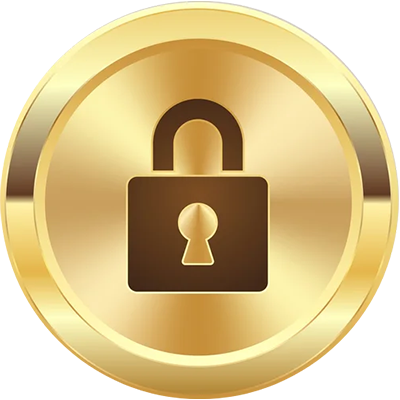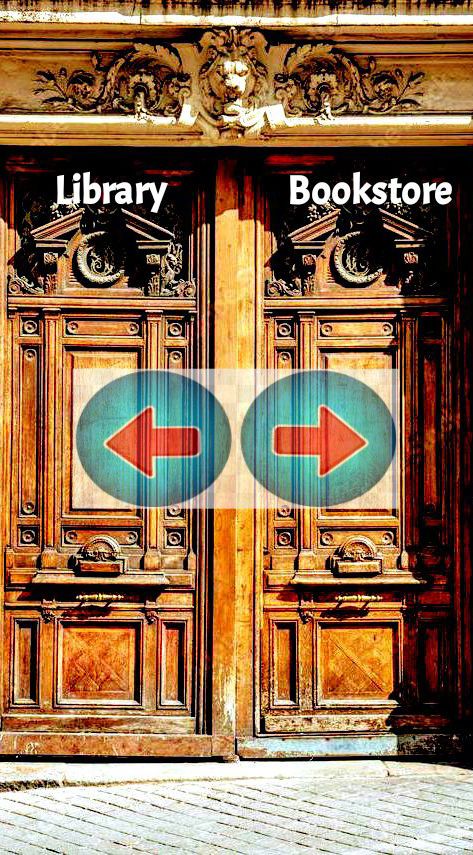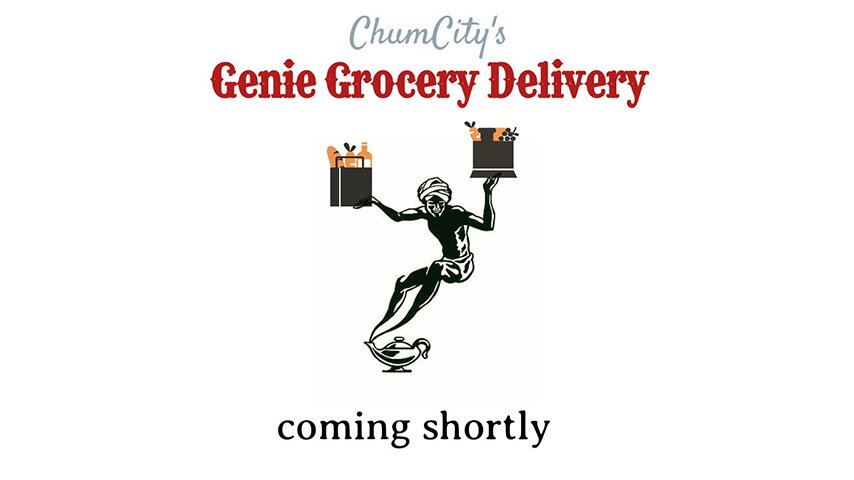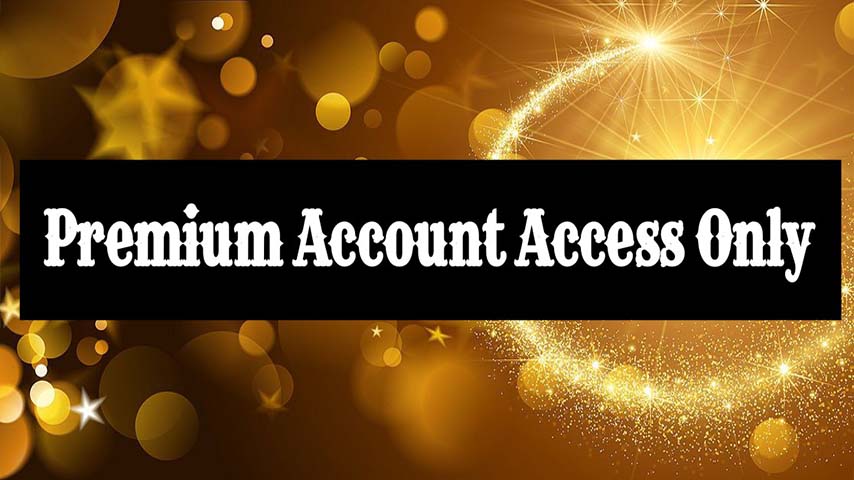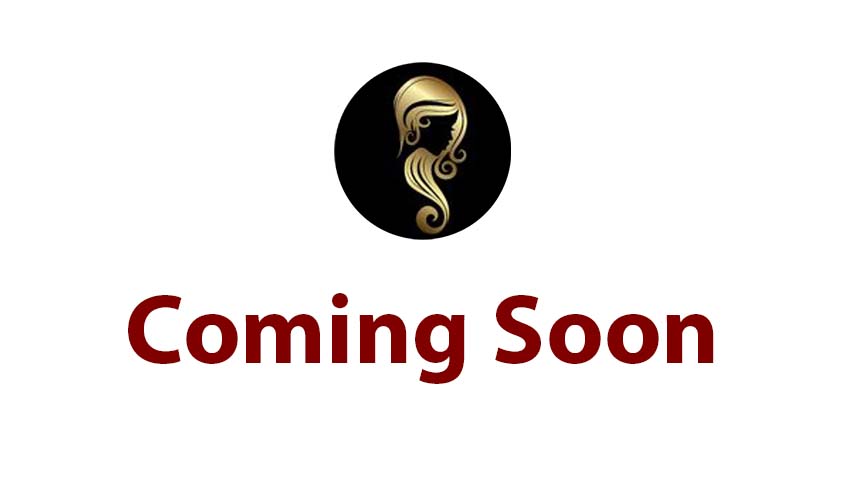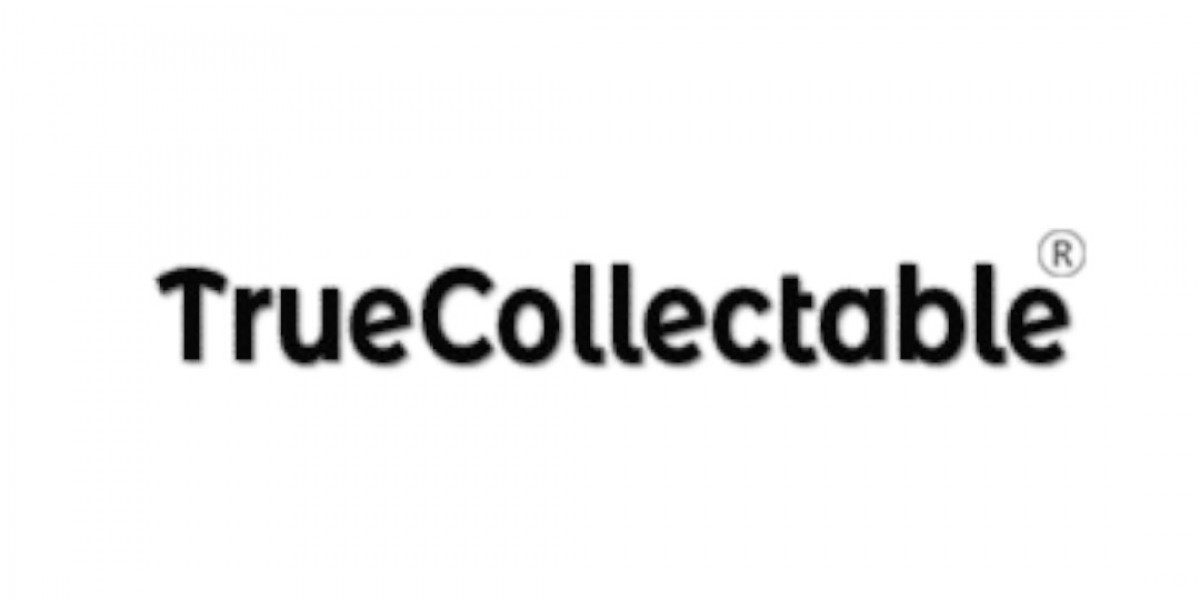1. The Allure of Collecting: Why Start a Coin and Note Collection Album?
Starting a coin and note collection album is more than just a hobby—it’s a journey through time. Each coin or note tells a story, capturing the essence of a specific period, culture, or economic condition. Collectors are not just gathering old currency; they’re preserving a tangible piece of history.
Moreover, with the rise in the popularity of vintage collectibles, these albums have become treasure troves of financial and sentimental value. From rare coins minted centuries ago to limited edition banknotes, curating an album allows collectors to showcase a personal archive that grows in value and rarity over time.
2. Understanding the Basics: What Is a Coin and Note Collection Album?
A coin and note collection album is a specially designed binder or book that helps collectors store, organize, and protect their currency. It typically includes transparent sleeves or compartments where each item can be safely displayed and labeled.
These albums aren’t just about storage—they elevate the aesthetic and preservation of your collection. Whether you’re a beginner or a seasoned numismatist, an album ensures your collectibles are safe from physical damage and environmental wear while keeping everything beautifully arranged.
3. Choosing the Right Album: Key Features to Look For
When selecting a coin and note collection album, look for features that enhance durability and accessibility. High-quality materials, acid-free sleeves, and firm binding are essential for protecting your valuables.
Also, consider the layout. Some albums offer separate sections for coins and notes, while others come with labeled pages to assist in cataloging by year, country, or denomination. A customizable album offers greater flexibility as your collection grows.
4. Getting Started: First Steps in Building Your Collection
Before jumping into purchases, start with research. Learn about different currencies, historical eras, and regions that interest you. This focus will help shape your collection and prevent haphazard buying.
Once you’ve decided on a theme or era, begin sourcing your first pieces. Local coin dealers, online marketplaces, auctions, and collector communities are excellent places to find unique and authentic items.
5. Preservation Matters: Storing and Handling Tips
Coins and notes are sensitive to moisture, heat, and direct handling. Use cotton gloves when touching coins and avoid folding or exposing notes to light. Always store your collection in a dry, cool place.
Albums with PVC-free sleeves are ideal because they prevent chemical reactions that can degrade the materials. Additionally, silica gel packets in storage can help manage humidity, ensuring your collection remains in pristine condition.
6. Organizing Your Album: From Chronology to Themes
There’s no one-size-fits-all approach to organizing your collection. Some collectors prefer chronological order, while others group items by region, denomination, or theme (e.g., wartime currencies, royal coins).
Adding labels with relevant details like country, year, metal type, and historical significance makes the album more informative and engaging. A well-organized album also makes it easier to spot gaps and set future collecting goals.
7. Tools of the Trade: Essential Accessories for Collectors
To build and maintain your collection, you'll need a few key accessories. These include magnifying glasses for examining details, coin tongs, cotton gloves, and pH-neutral storage materials.
Digital scales, calipers, and reference guides can also help assess coin authenticity and value. Investing in these tools not only ensures accuracy but enhances the overall collecting experience.
8. Rarity and Value: What Makes Coins and Notes Special?
Not all old coins or notes are valuable. Rarity, condition, historical importance, mint errors, and demand in the collector’s market influence value. Some coins from the same year may differ in worth based on mint location or design flaw.
Understanding grading systems (such as the Sheldon scale for coins) can help determine the value of your collectibles. Certification from reputable agencies adds legitimacy and increases resale potential.
9. Connecting with the Community: Learn and Grow
Joining collector groups, forums, and attending trade shows can greatly enrich your collecting journey. You’ll gain insights, discover rare finds, and possibly even trade with fellow enthusiasts.
Being part of a community also keeps you informed about counterfeit alerts, market trends, and upcoming auctions. It’s an excellent way to stay motivated and expand your knowledge.
10. Investing in the Past: Long-Term Value of Collecting
While many collectors begin out of passion, it’s worth noting that a well-maintained collection can appreciate over time. Some rare coins and notes have sold for thousands or even millions at auctions.
Tracking the value of your collectibles and keeping up with industry news ensures you remain informed about their worth. If you ever decide to sell, proper documentation and certification will maximize your returns—especially if your album features items like the most expensive old coins.
Final Thoughts
Collecting coins and notes is a rewarding and educational hobby that connects you with history, art, and culture. A coin and note collection album not only helps preserve these treasures but turns your passion into a curated legacy. Whether you collect for nostalgia, investment, or curiosity, your album becomes a living document of human history—one coin and note at a time.







